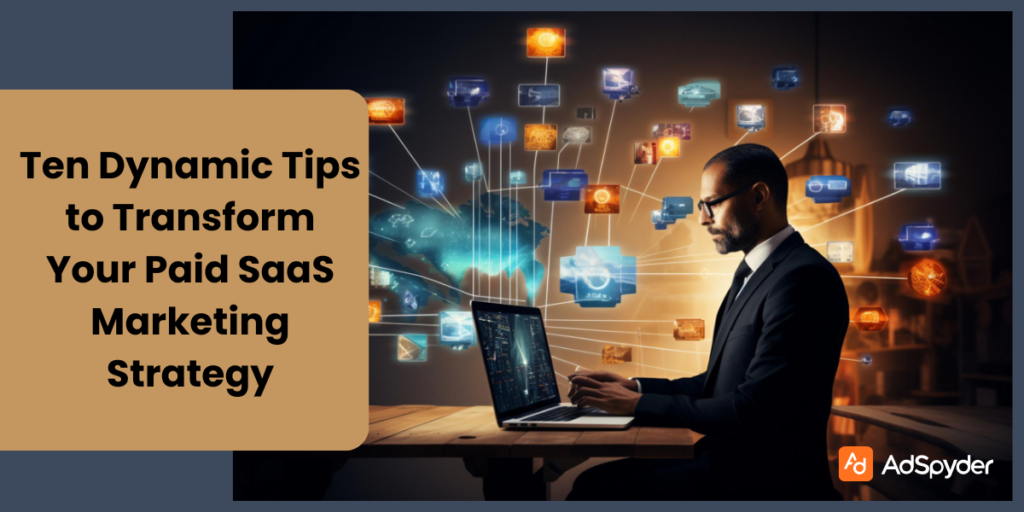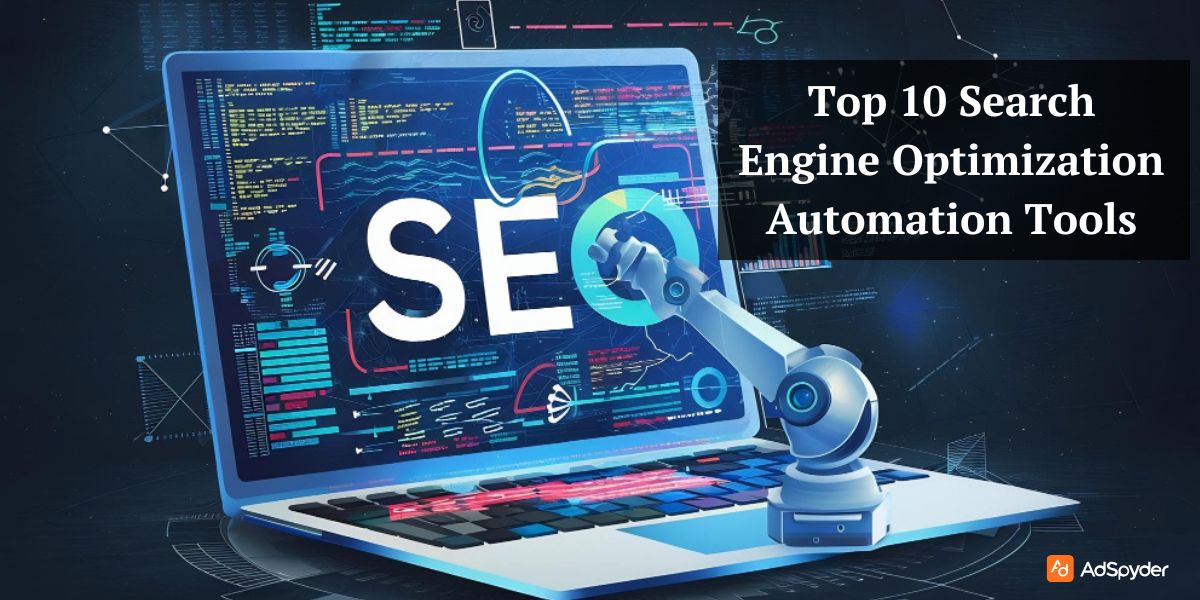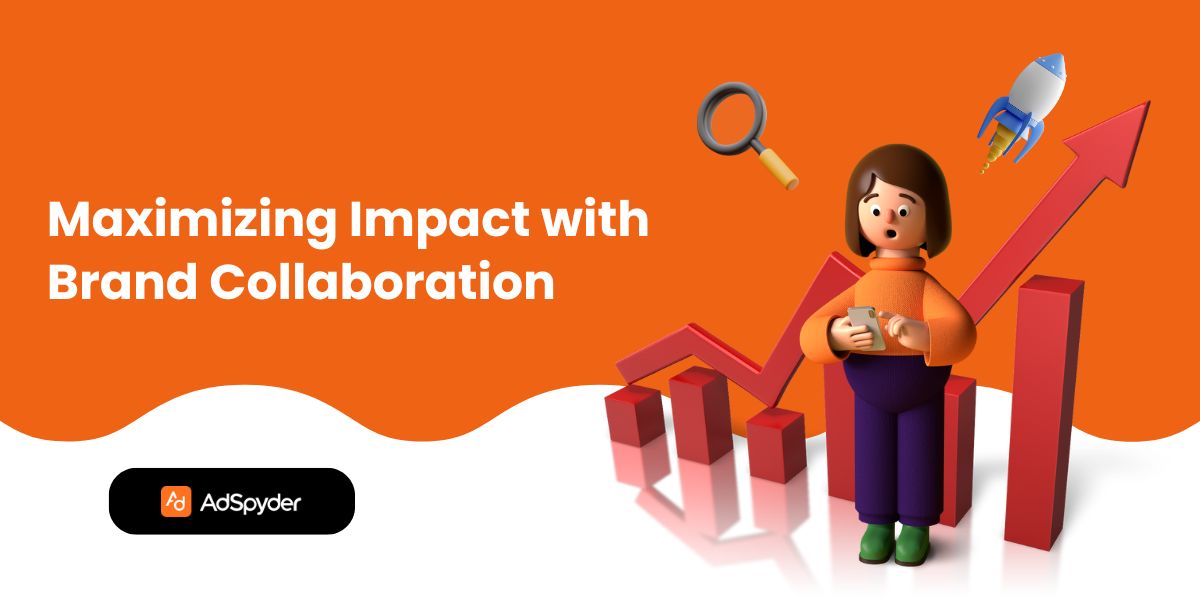Struggling to get your SaaS product noticed? Marketing in the software-as-a-service world is tough. This article will provide ten dynamic SaaS marketing tips to boost your marketing game, making sure your service stands out.
Ready to Elevate your Marketing Strategy?
Get ready for change – let’s jump right in!
Laying the Groundwork for SaaS Marketing Success
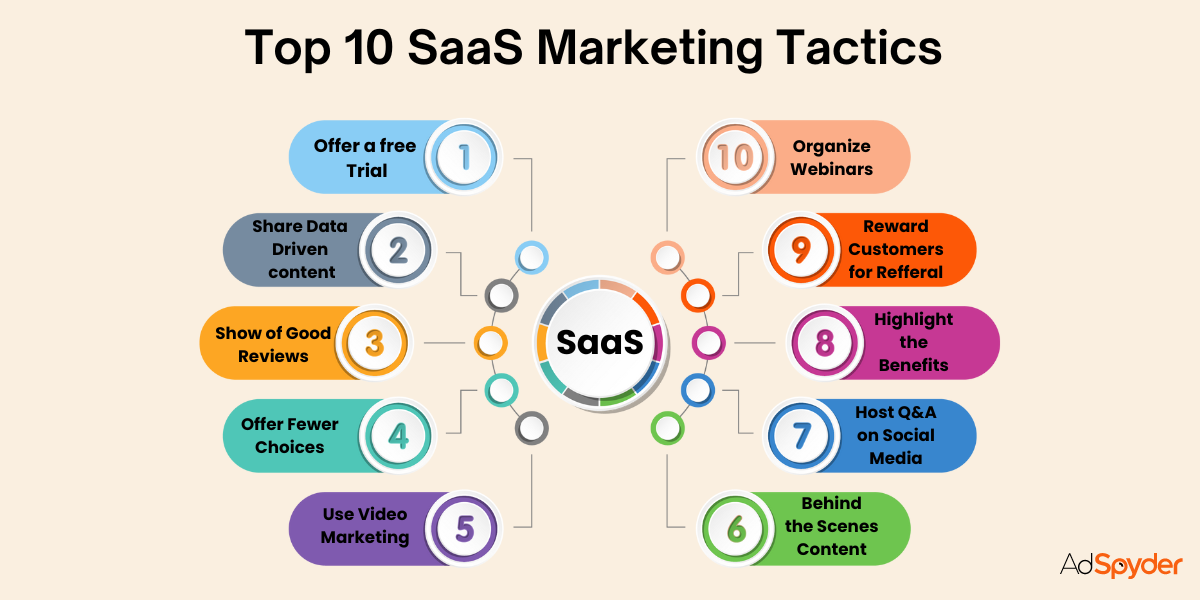
To win in the SaaS space, you must understand its unique landscape and build a solid marketing plan. This means knowing your audience, mastering SEO, using CRM software wisely, and creating content that hooks customers right from the start.
Understanding the SaaS Marketing Landscape
Here are a few things you need to know to understand the SaaS marketing landscape:
- SaaS marketing works to sell subscription-based web software services. Its goal? To get, keep, and grow customer relationships over time. Knowing your buyer personas and how they make decisions is key.
- You create a targeted plan by understanding them well. Plus, having a clear value proposition helps a lot. It tells customers the unique benefits of your SaaS business.
- Content marketing is very important for growth too; it focuses on meeting audience needs. Use data-driven insights to make the customer experience better and keep more customers. Tools like CRM systems play a big role here by helping track customer interactions and preferences.
Essential Elements of a SaaS Marketing Strategy
After getting a grip on the SaaS marketing landscape, it’s time to focus on what truly matters. A solid marketing strategy for software services hinges on several key components. First up is crafting an irresistible value proposition.
- Here, you highlight what sets your service apart and how it solves problems better than others. This clear message grabs attention in a crowded market.
- Next, choosing the right pricing model can make or break customer acquisition and loyalty. It’s all about finding that sweet spot where customers see great value, and you still profit.
- Email campaigns play a vital role too—sending timely, relevant messages keeps users engaged and nurtures leads into loyal fans. Social media platforms offer a vast stage to showcase your brand personality, and connect with your audience through posts, comments, and shares, enhancing user engagement.
- Content marketing shouldn’t be overlooked either; providing helpful articles or engaging videos attracts more visitors to your website while boosting search engine rankings through keyword optimization and link-building strategies.
- And remember: analyzing every move with Google Analytics ensures you’re not flying blind but making informed decisions to refine tactics for better results over time.
Tailoring Your Approach for B2B SaaS Marketing
Reaching B2B audiences needs a smart plan. Focus on LinkedIn and email campaigns to grab their attention fast.
Effective Strategies for Reaching B2B Audiences
To connect with B2B audiences, start by understanding their specific needs and decision-making processes.
- This involves deep market research and analyzing competitive landscapes. Create buyer personas to tailor your messages accurately.
- Use targeted email campaigns, as they are direct and personal ways to engage potential clients. Focus on crafting emails that provide value and address the audience’s pain points.
- Leverage social media platforms like LinkedIn for outreach. It’s great for building professional connections and sharing industry insights. Host webinars and live demos; these tools help showcase your product in action, solving real-world problems for businesses.
- Remember, content is king in B2B marketing—produce articles, blogs, and case studies that solve problems or answer questions your target audience might have. Lastly, track everything with analytics to see what works best and improve over time.
- Video marketing for influencer collaborations can also help your SaaS to reach wider audience and engage with them.
Enhancing Your SaaS Content Marketing
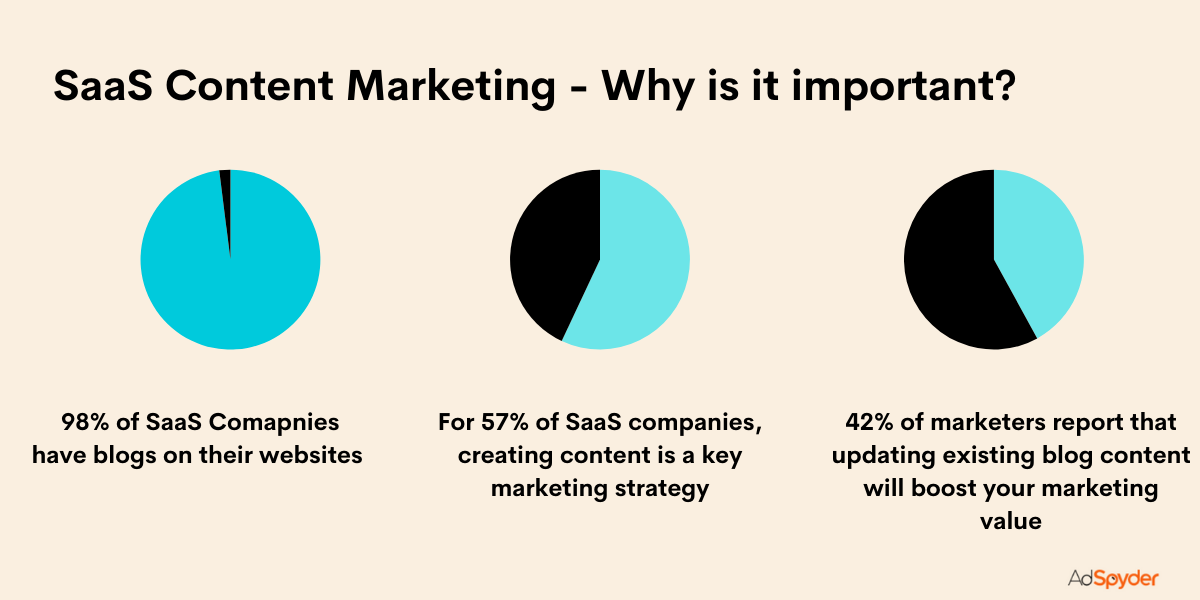
Crafting content that sticks with your audience is key. Use tools like Google Analytics and social media platforms to spread the word, keeping your messages engaging and relevant.
Creating Valuable and Engaging Content
Making content that really speaks to your audience is key. You need to figure out what they want and deliver it through blogs, videos, or social media posts. Use simple language and clear messages, so readers get the point fast.
- Include stories or examples to make ideas stick. Don’t forget a call-to-action—tell them what to do next.
- For even better reach, mix in SEO strategies and email blasts. Keywords help your articles show up on Google when people search for related topics. Regular emails keep subscribers updated and engaged with fresh information or special deals you’re offering.
- This approach turns casual readers into loyal followers over time.
Content Optimization and Distribution for Maximum Reach
After crafting valuable and engaging content, the next step is making sure your audience sees it. This is where SEO (search engine optimization) plays a crucial role.
- By optimizing your articles, blog posts, and landing pages with keywords that match what potential customers are searching for, you improve visibility on Google and Bing.
- It’s not just about stuffing words into texts; it’s about creating meaningful content that serves users’ needs while also appealing to search engines.
- Sharing stories of satisfied clients through case studies showcases real-life success tales, adding credibility to your software as a service (SaaS). Employing social media platforms like Twitter and Facebook helps spread the word further.
- Each platform offers unique advantages for different types of content — videos do well on YouTube whereas short updates shine on Twitter. Diversification in distribution ensures wider reach across various customer touchpoints.
- Optimizing how you share this content—whether through email blasts or tailored Facebook ads—increases engagement rates, ultimately boosting conversions and driving growth for your SaaS business.
Leveraging Email Marketing in the SaaS Sector

Email marketing turns visitors into users for SaaS businesses. It uses messages and automation to keep people interested and coming back.
Best Practices for SaaS Email Campaigns
Here are a few best practices to implement for a SaaS email marketing campaign:
- To make your SaaS email campaigns stand out, focus on selling software services that people can subscribe to. Build lasting relationships with your customers through these emails. Get to know who you’re talking to.
- Learn about their needs and wants by creating buyer personas. Check out what your competitors are doing too. This way, you craft emails that hit the mark, reaching those who are most interested in what you have to offer.
- Keep your messages clear and filled with useful content. Use stories of happy customers to show how great your product is. Make sure each email feels like it was meant just for the person reading it—personalization is key! Also, don’t forget to look at the numbers.
- Setting up goals and tracking progress helps you see if your strategy works or if it needs tweaking for better results. Keep refining based on data analysis for top-notch email marketing performance.
Advanced Techniques for Email Automation and Personalization
SaaS email marketing requires more finesse by providing the right messaging to the right person at the right time. Here are a few more tips for you:
- Moving beyond basic practices, plan your email automation and personalization to stand out. Smart segmentation uses customer behavior to split your audience into groups. This makes emails more relevant.
- Think birthday discounts or location-based offers—these touch the individual in meaningful ways.
- Dynamic content changes based on who’s viewing it. Picture a dashboard changing promotions based on past purchases or how often someone visits your site. A/B tests refine these methods, ensuring each email hits the mark.
- Together, these tools craft messages that feel tailor-made for every reader, boosting engagement and loyalty without needing extra words to explain their worth.
Mastering SaaS Lead Generation Techniques
Finding new customers is key in SaaS. Learn to grab attention with smart methods and tools like marketing automation, Google Ads, and email blasts.
Innovative Methods for Generating Quality Leads
Leads are an important requirement for SaaS marketing as they are the potential customers who can become loyal vocal support for your product.
- To get more quality leads, use lead scoring systems. These methods rate potential clients based on their actions and interest in your service. If someone visits your pricing page more than once, score them higher. This helps you focus on people likely to buy.
- Another great way is through influenced partnerships and customer reviews. Connect with influencers who match your brand values. They can introduce your product to new audiences in a real way.
- Customer success stories also build trust and show the value of your software. Use social media marketing to share these stories widely, catching the attention of potential users quickly.
Using Lead Scoring and Nurturing to Improve Conversion Rates
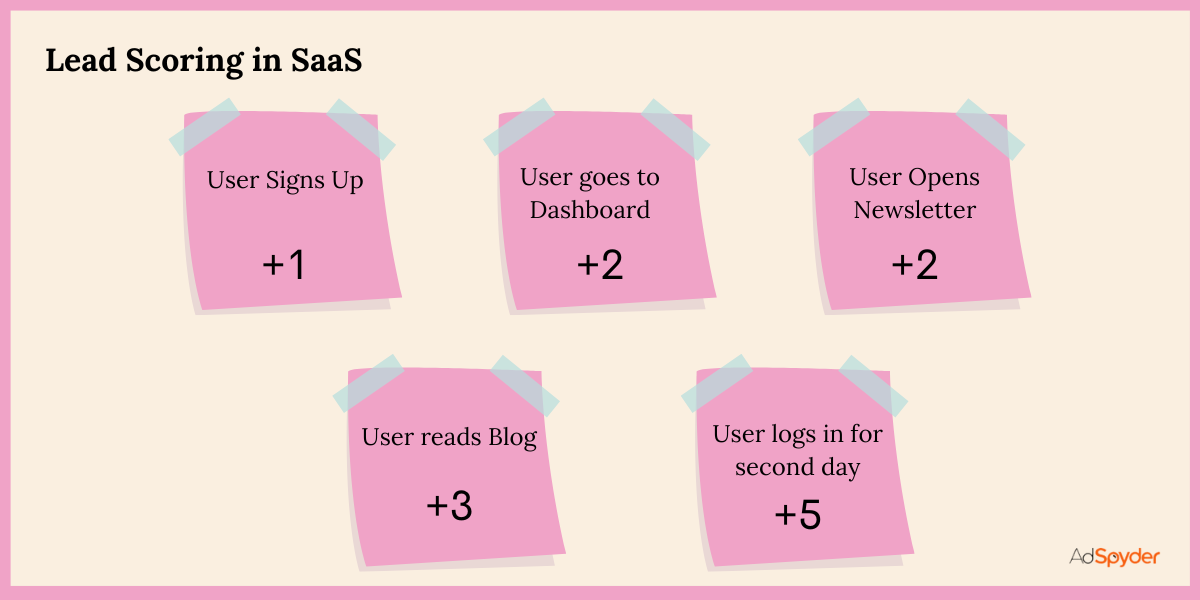
Lead scoring helps pick out the best leads for follow-up. It ranks potential customers based on their actions and interest levels. This process makes it clear who is ready to buy and who needs more time.
- For better results, combining lead scoring with nurturing strategies works wonders. Nurturing involves sending personalized messages and content that speaks directly to the needs of each lead.
- This approach keeps potential buyers engaged and moves them closer to making a purchase.
- A/B testing proves which techniques are most effective in lead nurturing, ensuring efforts aren’t wasted on methods that don’t work. Social proof, like testimonials from happy customers, also boosts trust in your product or service.
- These strategies together increase chances that a lead will turn into a paying customer. Data-driven insights guide these efforts, ensuring communication is always relevant and timely—key factors in improving conversion rates during the customer journey through digital marketing tools like emails and optimized web content.
The Role of Demand Generation in SaaS Marketing
Demand generation keeps customers interested in your cloud-based programs. It blends marketing efforts to grab attention and keep users coming back for more.
Strategies for Building and Sustaining Demand
Here are some tips for you to inculcate demand generation in your SaaS marketing efforts:
- Use social media platforms and email marketing to reach more people. These tools keep your audience engaged and informed about what you offer. Start with researching buyer personas to understand your customers better.
- This helps in creating messages that speak directly to them.
- Offer free trials or live demos to let potential customers experience your service firsthand. This approach can significantly increase the likelihood of conversion. Keep an eye on Paid searches and PPC campaigns as they bring immediate traffic to your site.
- Use retargeting strategies to remind those who showed interest but did not make a purchase, encouraging them back into the buying process.
- Create helpful videos in episodic format so that you are engaging your audience with new content periodically.
Integrating Demand Generation with Overall Marketing Efforts
Demand generation weaves into all marketing efforts. This means every blog post, email blast, or social media update plays a part in it. Marketers track customer lifetime value and churn rate through analytics tools. These metrics show if strategies work or need changes.
Paid Advertising Strategies for SaaS
Choosing the best platforms for paid campaigns can make a big difference. Getting a high ROI means targeting ads to the right people on social media and search engines.
Choosing the Right Platforms for Paid Campaigns
Picking the best platforms for paid ads needs careful thought. Social media sites, search engine results pages, and online advertising spaces offer unique benefits.
- For example, social media is great for engaging directly with your audience through user-generated content and influencer partnerships.
- On the other hand, placing ads on search engines can boost visibility when potential customers look for cloud-based software solutions.
- To maximize return on investment (ROI), it’s key to understand where your target audience spends their time online. If aiming at businesses, LinkedIn’s professional network might be ideal.
- But if focusing on individual users, Instagram or Facebook could lead to better engagement rates. Also, using data analytics helps refine strategies over time – ensuring that each dollar spent contributes towards customer acquisition and loyalty in a measurable way.
- In the age of mobile devices, it is preferable to have a mobile based omnichannel marketing strategy for enhancing your SaaS marketing efforts.
Maximizing ROI through Targeted Paid Advertising
After choosing the right platforms, the next step is making your paid advertising work harder for you.
- To do this, focus on targeting. Aim your ads at specific groups who are most likely to buy what you’re selling.
- Use data from buyer personas and analyze their decision-making process. This helps create ads that speak directly to them.
- Crafting ads that connect with your target audience boosts click-through rates and customer engagement. Tools like search engine marketing (SEM) and social media advertising allow precise targeting based on interests, behaviors, and demographics.
- Monitoring performance through dashboards helps tweak campaigns for better results over time. Remember, a targeted approach brings higher return on investment (ROI) by reaching those most interested in your SaaS product.
Utilizing Analytics and Data in SaaS Marketing
Tracking your marketing efforts gives you power. Use tools like Google Analytics and customer relationship management systems to see what works and adjust your strategy for better results.
Tracking and Measuring Campaign Performance
To truly understand the impact of your paid SaaS marketing efforts, tracking and measuring campaign outcomes is key.
- Use analytics tools to collect data on user interactions and engagement.
- This includes clicks, downloads, sign-ups, and sales conversions. Such metrics shed light on what works well and what doesn’t, helping you fine-tune future strategies for better results.
- Analytics not only guide decisions but also help in identifying trends that could inform broader marketing moves. By examining customer behavior patterns through these tools, businesses can align their offerings more closely with customer needs—boosting satisfaction and loyalty in the process.
- Remember to compare current performance against past data to gauge progress accurately over time.
Data-Driven Decision-Making in SaaS Marketing
Data drives decisions in SaaS marketing. It guides every step, from crafting strategies to measuring success.
- Marketers use metrics like customer lifetime value and churn rate to plan their moves.
- They track performance with analytics tools, ensuring strategies meet goals. This approach helps target audiences better and boosts ROI.
- SaaS companies rely on insights from data analysis to refine their marketing efforts. They study buyer personas and decision-making processes closely. Using software for analyzing user behavior gives them an edge in creating content that resonates.
- These practices lead to more effective email campaigns, improved user satisfaction, and higher customer loyalty rates.
- As consumers become increasingly aware of their rights, data privacy in ads is essential for maintaining trust. This process requires brands to implement transparent practices while delivering targeted and effective advertising campaigns.
The Future of SaaS Marketing: Trends and Predictions
SaaS marketing will see big changes, with AI and machine learning leading the way. These tools will help companies predict customer needs and shape future strategies.
Emerging Trends in the SaaS Industry
Here are a few trends to look out for in SaaS marketing. Staying on top of these trends will provide a beginners’ advantage in your marketing:
- Artificial intelligence is changing the game in the SaaS world. It’s making software smarter and more user-friendly. AI can predict what customers want before they ask. This means better customer experiences and stronger loyalty.
- Another trend is focusing on strategic marketing for better brand awareness. Companies are getting creative with referral programs and personalized emails. They’re using search engine optimization to stand out online.
- All these efforts aim to keep current users happy while attracting new ones.
Preparing for Future Marketing Challenges in SaaS
To stay ahead in SaaS marketing, understanding your buyers is key.
- Know what they want and how they make decisions. Also, keep an eye on your competitors. See what they do well and where they fall short.
- This helps you stand out and meet future challenges head-on.
- Next, be smart about setting prices for your services. Your choice should help you get new users and keep them too. Use data to guide you—track how campaigns perform and use those insights to make better decisions moving forward.
- Preparing for the future means being flexible, learning fast, and always aiming to deliver great value to your customers.
Conclusion
Transform your paid SaaS marketing strategy with these dynamic tips. Start by knowing your market and crafting clear value propositions. Engage audiences with compelling content and use emails to connect directly.
Generate leads creatively and nurture them for better conversion rates. Don’t forget the power of targeted ads and data analytics to refine your approach. Stay ahead by watching trends in the software service industry.
With these strategies, watch your SaaS company grow, keeping customer satisfaction at its heart.
FAQ
1. What is SaaS marketing, and why is it challenging?
2. What are the essential elements of a successful SaaS marketing strategy?
3. How can SaaS businesses tailor their marketing approach for B2B audiences?
4. What role does content marketing play in SaaS marketing, and how can it be optimized?
5. How can SaaS companies maximize the reach of their content through optimization and distribution?
6. What are the best practices for implementing email marketing campaigns in the SaaS sector?
7. What advanced techniques can be used for email automation and personalization in SaaS marketing?
8.How can SaaS businesses generate quality leads effectively?
9. What is demand generation, and how does it integrate with overall marketing efforts in the SaaS industry?
10. How important is data analytics in SaaS marketing, and what role does it play in decision-making?
